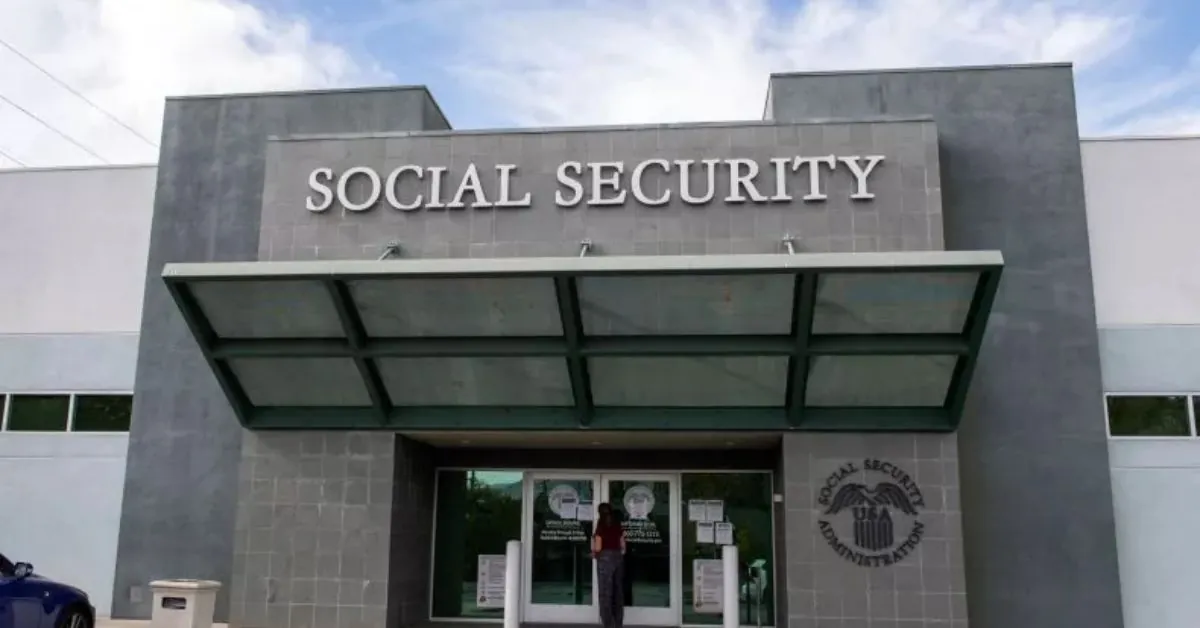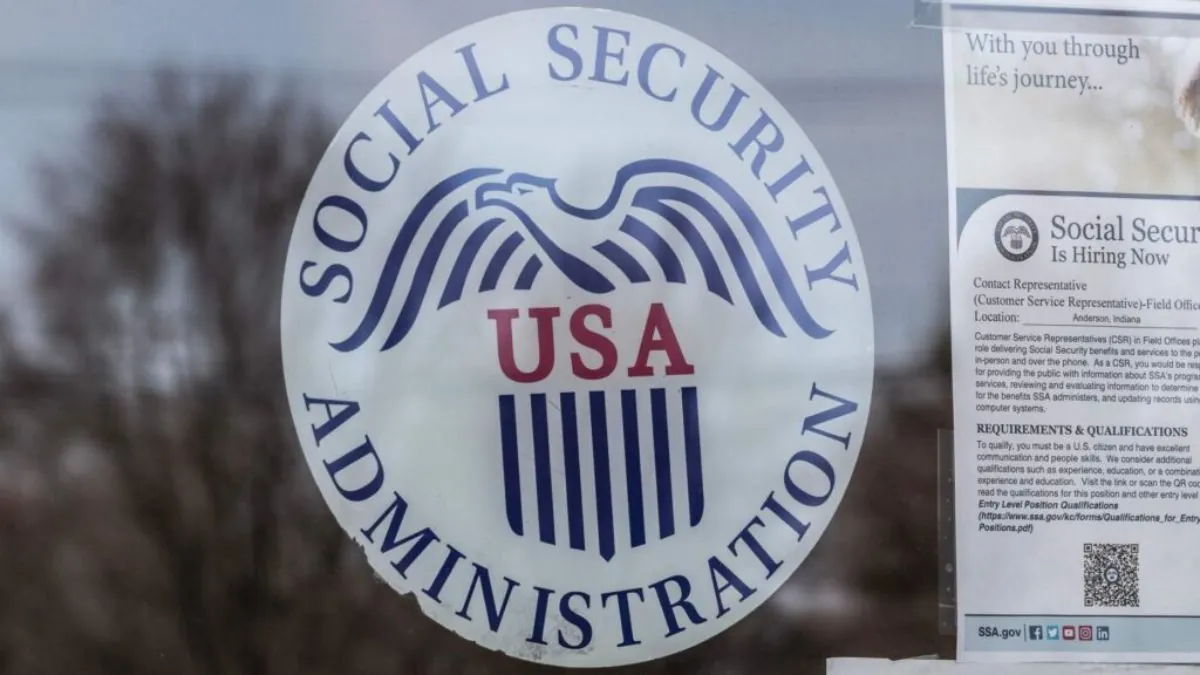Social Security benefits are a vital financial resource for many Americans, including retirees, individuals with disabilities, and families of deceased beneficiaries. However, one specific benefit—the lump sum death payment—has remained stagnant for nearly seven decades. A new bill introduced in Congress seeks to address this issue by significantly increasing the payment, which could have a profound impact on grieving families struggling with funeral costs.
The Stagnant Lump Sum Death Payment: An Outdated Benefit
For decades, the Social Security Administration has provided a one-time lump sum death payment of $255 to the surviving family members of deceased beneficiaries. This payment, set in 1954, was originally intended to help cover funeral and burial costs. However, inflation and rising expenses have rendered this benefit nearly obsolete. Today, the cost of a full funeral with cremation services can average over $6,000, with traditional funerals—including a casket—costing upwards of $8,000. The $255 payment is now insufficient to cover even a small fraction of these expenses.
A New Bill to Address the Rising Costs of Funerals
In response to the outdated nature of the lump sum death payment, Vermont Senator Peter Welch recently introduced the Social Security Survivor Benefits Equity Act. This bill proposes increasing the payment from $255 to $2,900 to better align with the current cost of living and inflation. Co-sponsored by Independent Senator Bernie Sanders and Democratic Senator Elizabeth Warren, the bill aims to provide meaningful financial assistance to families mourning the loss of a loved one.
According to Welch, funeral costs should not be a primary concern for grieving families. However, due to the inadequacy of the current benefit, many families find themselves in a difficult financial situation when trying to cover funeral-related expenses. The proposed increase is intended to ease this burden.
Rising Funeral Costs: A Growing Concern
Funeral expenses have skyrocketed since the original $255 benefit was established. At the time, a typical funeral cost around $700. Today, even the most basic cremation services cost more than six times that amount, and full funerals with caskets are even more expensive. The National Funeral Directors Association estimates the average cost of a full funeral to be around $8,300.
The sharp rise in funeral costs, combined with stagnant Social Security benefits, has placed a significant strain on many families. As a result, the need for an inflation-adjusted death benefit has become more apparent.
Will the Bill Pass? Experts Weigh In
While some experts, such as Kevin Thompson, CEO of 9i Capital Group, believe the bill has a strong chance of passing, others are less optimistic. Thompson points out that no inflation adjustment has been made to the death benefit in nearly 70 years, and increasing it to $2,900 would bring it more in line with current economic realities. He also notes that such an increase would provide crucial financial relief to families during a time of emotional distress.
However, not all financial experts are convinced of the bill’s future success. Joseph Patrick Roop, president of Belmont Capital Advisors, warns that political and budgetary challenges could hinder its passage. Social Security reform is a contentious issue, with ongoing debates about the program’s solvency and long-term sustainability. Bills that propose expanding Social Security benefits often face hurdles in Congress, and the Social Security Survivor Benefits Equity Act is likely to encounter similar challenges.
Survivor Benefits: Who Qualifies?
The lump sum death payment is available to surviving family members of Social Security beneficiaries, but certain conditions must be met. Typically, the surviving spouse is the primary recipient of the benefit. If no spouse is available, the payment can be made to the deceased’s children. The application for this benefit must be submitted within two years of the beneficiary’s death.
In addition to the lump sum payment, survivor benefits are available to spouses aged 60 or older, disabled spouses aged 50 or older, and spouses caring for the deceased’s child. Children under 18 (or older if disabled) are also eligible for survivor benefits. In some cases, stepchildren, grandchildren, and parents of the deceased may qualify as well.
The Future of Social Security Benefits: A Necessary Reform
The proposed increase to the lump sum death payment would be a long-overdue adjustment to reflect modern economic conditions. Financial experts agree that while the $255 benefit may have been sufficient in the 1950s, it is woefully inadequate today. Increasing the payment to $2,900 would help grieving families cover funeral expenses and reduce financial stress during an already difficult time.
While the fate of the Social Security Survivor Benefits Equity Act remains uncertain, its introduction has sparked an important conversation about the need for Social Security reform. For families relying on these benefits, the bill could represent a critical lifeline in covering the rising costs associated with death and burial.
Conclusion: A Critical Step Toward Modernizing Social Security
As inflation continues to impact the cost of living, updating Social Security benefits to reflect today’s realities is essential. The proposed increase in the lump sum death payment is a step toward ensuring that families are not left financially devastated by funeral costs. If passed, this bill would represent a meaningful reform in Social Security, providing much-needed relief to families during one of the most challenging times in their lives.
This Article Includes
- 1 The Stagnant Lump Sum Death Payment: An Outdated Benefit
- 2 A New Bill to Address the Rising Costs of Funerals
- 3 Rising Funeral Costs: A Growing Concern
- 4 Will the Bill Pass? Experts Weigh In
- 5 Survivor Benefits: Who Qualifies?
- 6 The Future of Social Security Benefits: A Necessary Reform
- 7 Conclusion: A Critical Step Toward Modernizing Social Security






